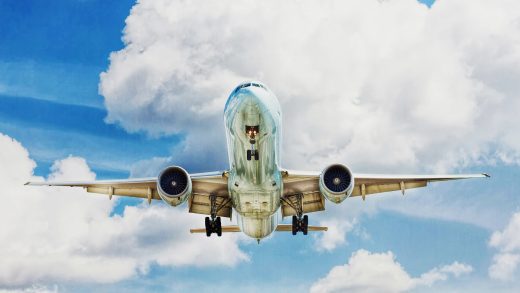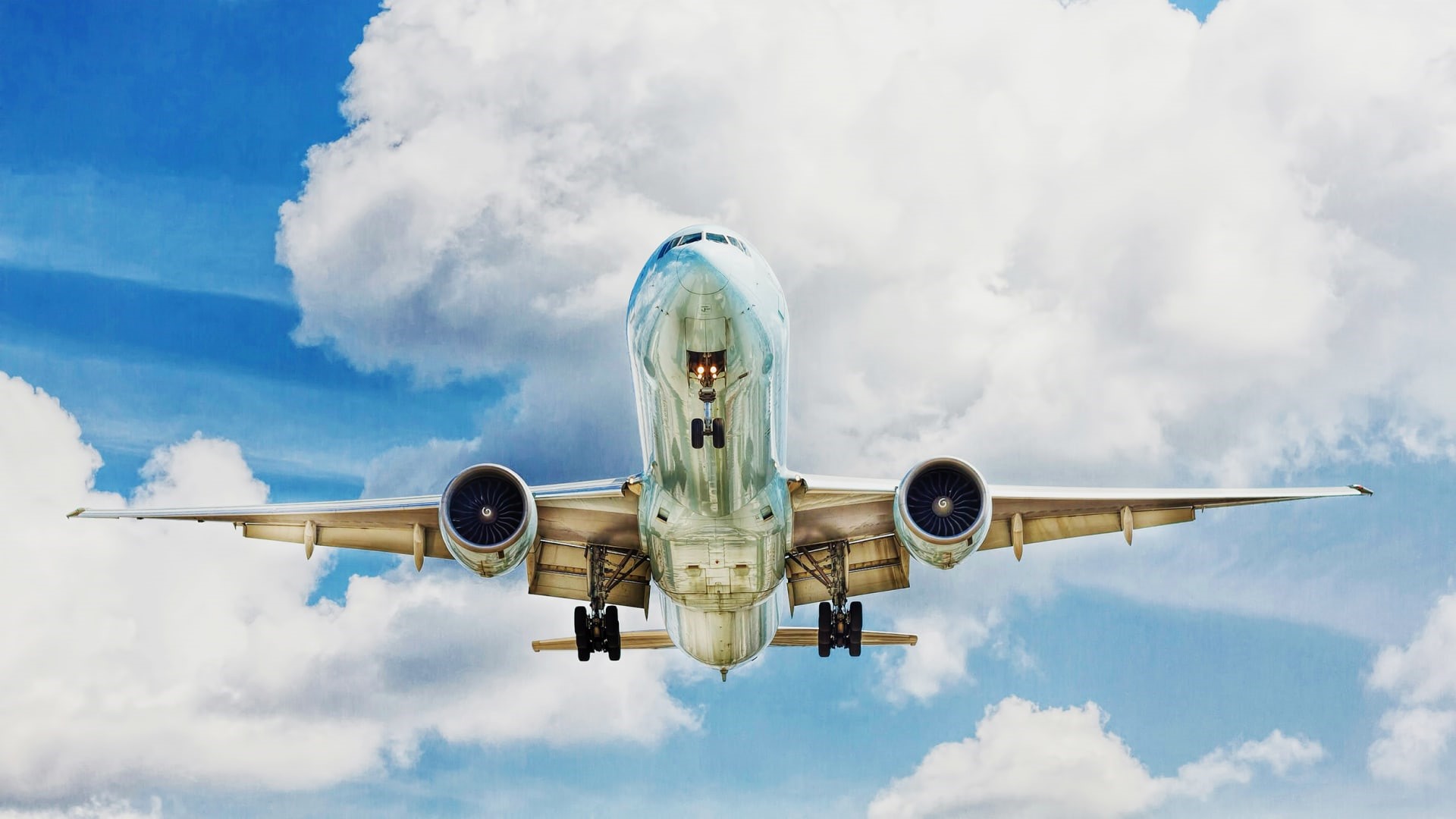3 ways to avoid flying on a Boeing 787 this summer
3 ways to avoid flying on a Boeing 787 this summer
As cries of “If it’s Boeing, I’m not going” get louder, here are three easy ways to avoid flying on a Boeing 787 aircraft.
There’s a phrase that’s been showing up on social media in recent months: “If it’s Boeing, I’m not going.” The phrase relates to travelers’ growing anxieties about flying on certain Boeing planes.
Those anxieties began early this year after a Boeing 737 Max 9 plane, Alaska Airlines Flight 1282, lost a door shortly after takeoff. The incident reminded travelers of the twin Boeing 737 Max tragedies in 2018 and 2019, in which 346 people lost their lives.
The Alaska Airlines mishap led to a surge of people wondering how they could avoid flying on Boeing 737 Max planes as well as Congressional investigations into the quality control problems at the aircraft maker. And those Congressional investigations, in turn, led to new allegations from whistleblowers, the most recent at the end of last month when subcontactor turned whistleblower Richard Cuevas claimed that holes in some 787 Dreamliners had been improperly drilled.
Cuevas alleges these improperly drilled holes could lead to compromised air pressure and power on the planes, which could have “devastating consequences,” reports CNN. The holes were allegedly improperly drilled in order to speed up a slow part of the manufacturing process. Cuevas said that he was fired after filing a complaint with Boeing and its supplier Spirit AeroSystems (Boeing is now buying the supplier, a move the company says will improve its plane safety and quality).
Boeing, for its part, told Fast Company, “A subcontractor’s employee previously reported concerns to us that we thoroughly investigated as we take seriously any safety-related matter. Engineering analysis determined that the issues raised did not present a safety concern and were addressed. We are reviewing the documents and will thoroughly investigate any new claim. We are not involved in personnel decisions of subcontractors.”
Still, these allegations and others—the Federal Aviation Administration says it has received 126 Boeing whistleblower reports in 2024 so far—do little to alleviate the fears some now have of flying on certain Boeing planes, including the 787.
If you’re among that group, here are three ways to avoid flying on 787 Dreamliners.
1. Choose airlines that don’t have 787 in their fleets
Boeing 787 planes come in three main varieties, the 787-8, 787-9, and 787-10, and these planes are used in fleets around the world.
In the United States, three airlines have some version of the 787 in their fleet. United Airlines has the most 787s—more than 70 of them—according to data from PlaneSpotters.net. American Airlines has more than 60, and Hawaiian Airlines has two. But 787s are also used internationally, by airlines based in Asia, Africa, Europe, South America, and elsewhere.
The easiest way not to fly on a 787 is to simply book with an airline that doesn’t use one in its fleet. Of course, you also don’t need to avoid the airline entirely. United and American, for example, oversee massive fleets with plenty of aircraft that aren’t 787s. Just choose a flight with one of these carriers that lists a different model of plane.
Before you buy your ticket directly from a carrier, the flight summary page should display the type of aircraft you’ll be flying on. Google Flights will also show you the type of aircraft for each flight search result.
2. Omit 787 aircraft from your flight search results
If you want to be extra cautious in making sure you don’t get on a 787, you can choose to search for flights via travel search engines that allow you to omit certain types of aircraft from their results.
Kayak is the most high-profile flight search tool that offers this type of functionality. After searching for flights, in the sidebar on the results page, click the “Aircraft” column and then select the “Exclude” option. Now simply choose which types of aircraft you want to exclude from your results.
3. Talk to your company’s travel department
If you’re flying for leisure, it will be much easier to avoid flying on any specific type of aircraft that makes you anxious. This is because you’re the one in charge of buying your tickets.
But business travelers, especially those who work at large companies, often have less control over their flight choices. That’s because many companies have departments that will handle the purchasing of business flights––and those departments usually try to find the most cost-efficient flight that will get the employee where they need to be.
Still, if you are a business traveler and you’re anxious about flying on a certain type of aircraft, it’s worth talking to your company’s travel department to see if they can help accommodate putting you on an aircraft you’re more comfortable with.
Boeing anxiety is real, but flying is still the safest form of travel
There is no doubt that fliers and lawmakers should have serious concerns about Boeing’s quality and safety issues. However, it’s still important to note that flying is still one of the safest forms of travel since it is a highly regulated industry that is scrutinized by government agencies across the globe.
For the 787 in particular, Boeing told Fast Company, “In 13 years of service, the global 787 fleet has safely transported more than 850 million passengers on more than 4.2 million flights. We are fully confident in the safety and durability of the 787 Dreamliner.” The company points those with anxieties about the plane to its jet safety records report from September 2023.
Of course, if you still have anxieties about flying regardless of the reassuring stats above, you’re not alone. A recent poll of more than 1,000 U.S. adults revealed that 59% of respondents said air travel made them nervous––a number that jumped to 67% for Gen Z.
ABOUT THE AUTHOR
(7)



